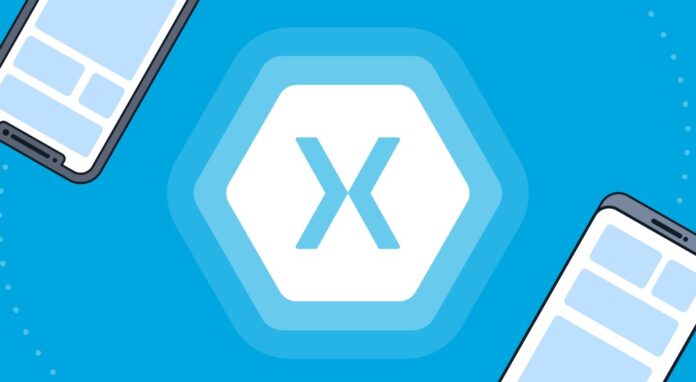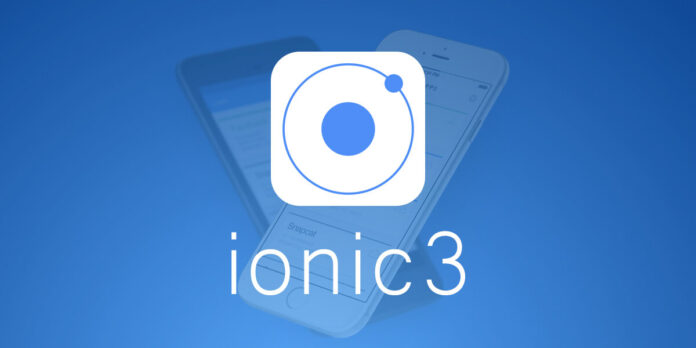
In today’s undeniably digital world a variety of smartphones and tablets has entirely replaced personal computers. Thus, the shift to the mobile landscape has altered the way businesses operate and interact with their clients.
Only by adopting a mobile-friendly presence can companies drive revenue and meet with success. Not only does it help companies boost productivity and cut operational costs, but it makes them increasingly competitive across the globe.
Moreover, it enables them to keep their business afloat even when disasters close the office. In addition to that, a great number of users opt for their phones not only at home, at work, on the street but even in their cars.
According to recent statistics, US-based adults spend up to 88% of their time on activities within mobile app solutions. That’s where hybrid mobile app development is a way out to bring an app, which works across multiple platforms, to life. Sounds interesting, right? Keep on reading to reveal more details below!
Hybrid mobile app development: What’s it exactly?

Generally, the development teams take a hybrid approach to develop and implement mobile solutions across multiple operating environments, including Android, iOS, and Windows-based ones.
Moreover, equipped with a home screen app icon, a responsive design, these solutions not only look like native apps and function offline but perform greatly. Being a mix of web and native app development approaches, the hybrid one provides a more sophisticated toolkit to deliver a mobile solution armed with more complex features.
That’s where frameworks, such as Ionic, Cordova, React Native, Xamarin, Flutter and much more have been raised as a viable alternative to Kotlin, Objective-C, and Swift technologies to turn any idea into a successful and robust hybrid mobile solution possible to operate across Google’s Android, Apple’s iOS, and Windows-based platforms.
Top Frameworks to Follow in Hybrid Mobile App Development
Here we are going to quickly grasp what popular frameworks the development teams apply for hybrid mobile app development. Let’s dive into the details below!
1. Xamarin

Being Microsoft-supported, Xamarin technology allows development teams to utilize their existing code, libraries, and toolkit to produce highly interactive and intuitive Android, iOS, and web-based mobile app solutions.
Only by combining the best of C# and .Net technologies can software engineers leverage hardware acceleration and drive the app performance. Moreover, they can build highly functioning hybrid apps and speed up the development by testing every feature of the app on a variety of devices thanks to the Test Cloud feature. Why Xamarin is a good fit for your hybrid mobile project:
- It leverages native device components to render UI.
- The use of the existing .NET libraries allows you to share code and business logic across existing enterprise architecture;
- It offers a fast deployment feature and delivers a native UI look and feel;
- It communicates and exposes APIs directly in C# to access native device features.
2. Ionic

Being an open-source mobile toolkit designed for software engineers, it opens up ample opportunities to create high-quality and hybrid mobile app experiences. Not only does Ionic technology help development teams ship mobile solutions to the app stores with a single codebase, but its predefined UI components give a uniform feel across all the devices and operating systems. Let’s take a closer look at why Ionic technology is an attractive option for you:
- It delivers a rich collection of powerful features (buttons, toggles, cards, segments, modals, inputs, lists, etc.);
- Powered with a live reload system feature, it allows software engineers to preview an app on any target device they need right now;
- With a built-in web server, development teams can run an application during development;
- It supports a quick development process and increases time to market.
3. React Native

Designed by Facebook and utilized by famous tech giants, React Native technology allows development teams to implement natively rendered mobile solutions for both iOS/Android/Windows-powered platforms quickly and easily.
Not only does it help software engineers implement a plethora of native completely customizable components, but they can also create attractive User Interfaces (UIs) and deliver native-like performance.
Only by combining all the effects of JavaScript and React does this technology enable development teams to write a few components in Swift, Objective-C, or Java when needed. Let’s reveal why to opt for React Native technology for your future project:
- It renders real native components instead of a WebView;
- It saves your cost twice by eliminating the need to hire iOS/Android developers to build an app for different platforms;
- It provides a wide range of social plugins: display grid picture, feed, etc;
- Backed by a huge community, you can rely on plenty of support when creating an app solution.
4. Flutter

Being a Google-maintained SDK, Flutter technology enables development teams to build sophisticated native-type mobiles solutions by adding a powerful layer to the app development process.
With Dart’s in-house language, software engineers can produce hybrid mobile app solutions with a single codebase. Not only does Flutter technology include a rendering engine, ready-to-use widgets, APIs, command-line tools, that simplify the entire development process, but it also allows them to produce expressive and flexible UI with native performance for Android, iOS, and web-based solutions. Why don’t hesitate to choose Flutter technology:
- It is equipped with a set of distinctive and eye-pleasing buttons, sliders, tabs, loading spinners, switches, and so on;
- It is a highly flexible technology in terms of the changing requirements;
- It has no logical intricacies and offers clean syntax;
- Its native rendering engine allows software engineers to create identical user interfaces (UIs) on multiple platforms.
5. Cordova

Built as an open-source and free technology, Cordova packages mobile applications with native-like functionalities. However, instead of employing a single codebase for a near-native app appearance, Cordova technology allows development teams to create hybrid mobile app solutions applying standard web technologies and to integrate third-party plugins in a jiffy.
Moreover, it helps development teams to streamline app development and minimize the resources involved in building apps for multiple platforms (iOS/Android/Windows). Let’s discover why Cordova technology may be a perfect solution for your hybrid mobile app:
- It’s an attractive option if there is a need to turn a web app into the mobile one;
- When it comes to development, this technology speeds up the entire process significantly;
- It’s a good fit for the development of MVP or PoC commonly-used methodologies;
- It enables development teams to generate reusable code through the power of CSS.
Bottom line: Ready to have a head start on your competitors?
With the influx of mobile apps being used worldwide, this is a challenging goal to select a mobile app framework for hybrid development. No matter how excellent or innovative an app idea you have and what unique features you are going to ship, making a choice between right and wrong framework might lead to breakthrough improvements or put your entire investment at risk.
However, the decision for the best framework ultimately depends on your unique business needs and requirements. Only by eliciting the requirements and specifying them can you exercise an informed choice in matters of hybrid mobile app frameworks.








